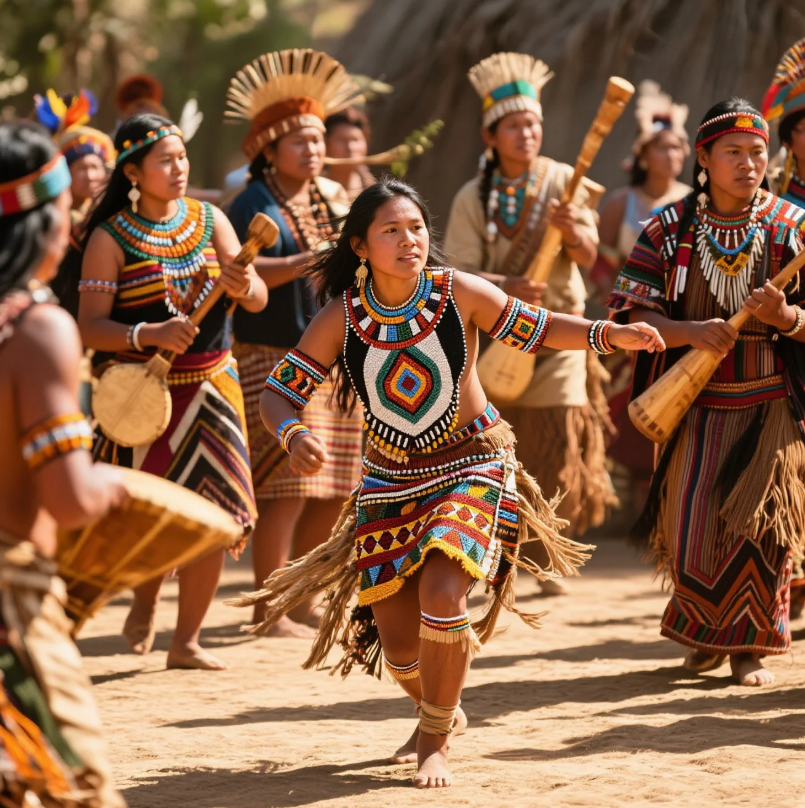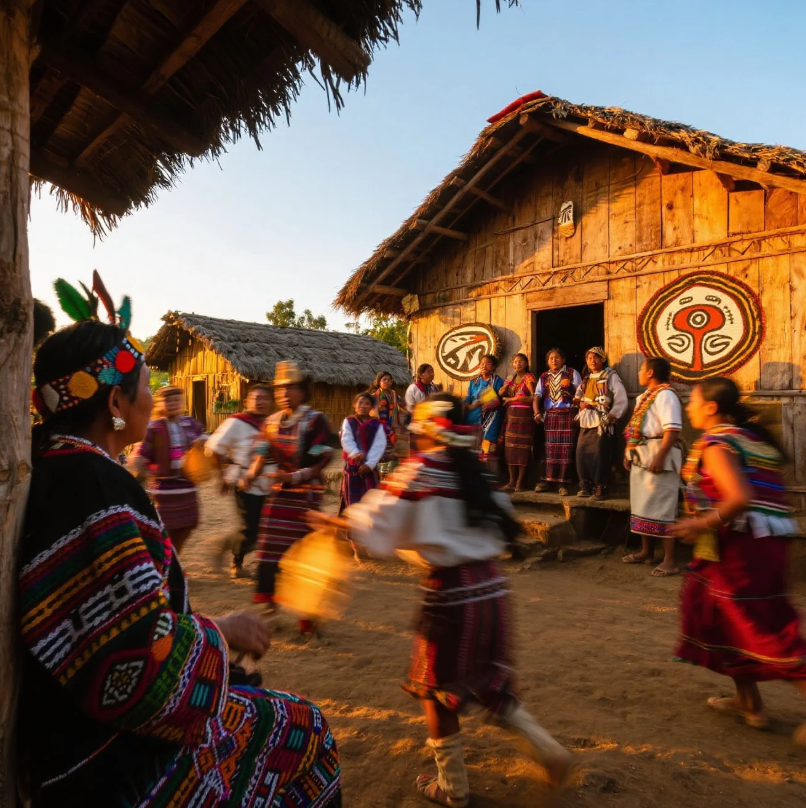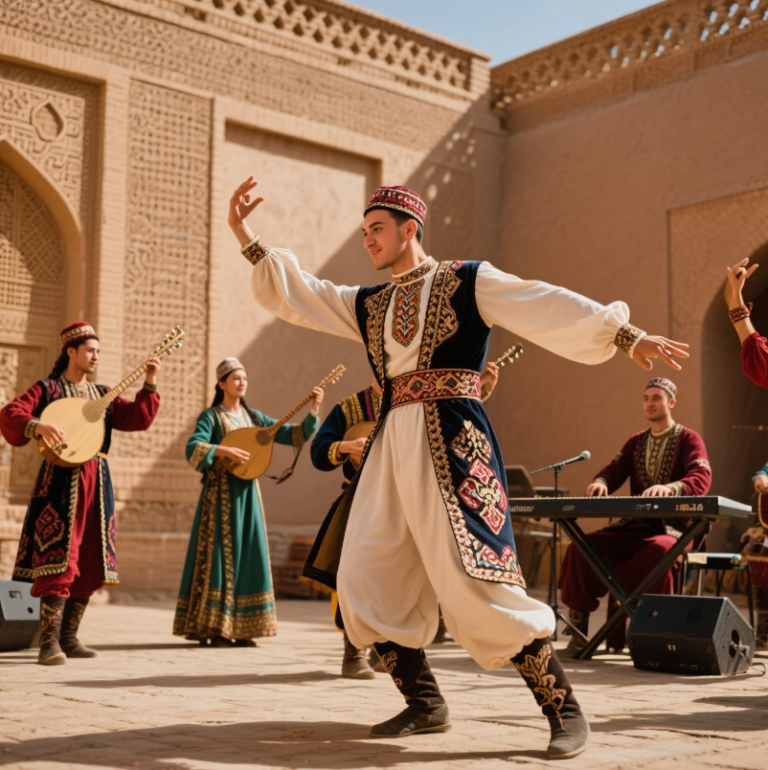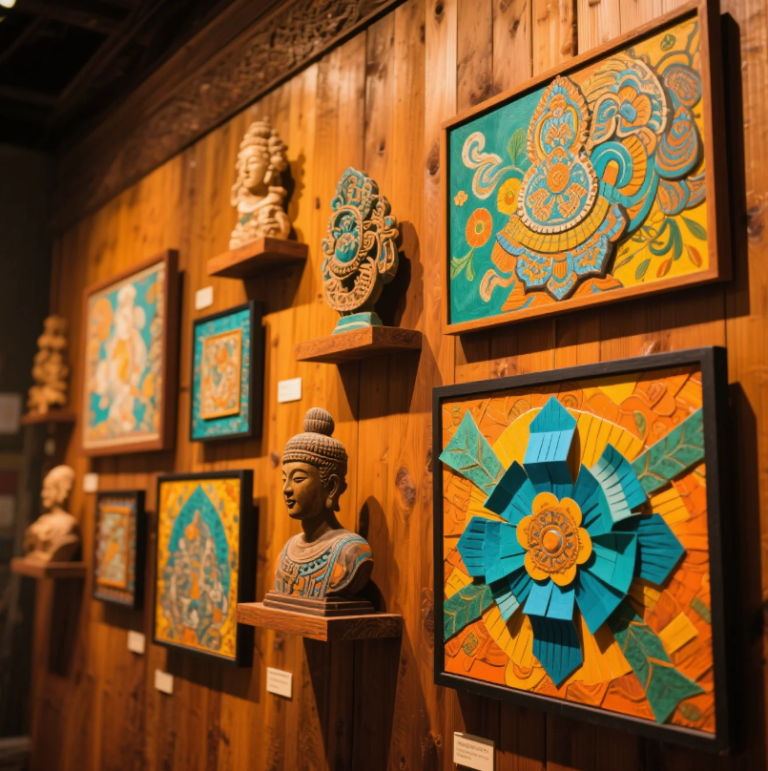
Picture this: A vibrant runway show in Paris, where models strut wearing breathtaking designs woven with centuries-old symbols. Or a New York fashion week party where the latest streetwear sports patterns inspired by Native American beadwork. Sounds cool, right? But this isn’t just coincidence or a passing trend. It’s the powerful influence of indigenous cultures shaping the global fashion landscape today.
Indigenous heritage has always been rich with artistry, symbolism, and meaning. Now, from sacred rituals to high-fashion runways, those age-old aesthetics are inspiring designers worldwide — creating a beautiful collision of tradition and modernity that’s as eye-catching as it is meaningful.
Let’s take a deep dive into how indigenous cultures have gone from local rituals to global fashion statements, transforming wardrobes and challenging the industry’s very definition of style. Spoiler alert: this story is anything but dry. Ready? Let’s get inspired! 🌍✨
The Artistry of Indigenous Culture: More Than Just Patterns
Before we talk fashion, let’s bust a myth: indigenous designs are not just pretty patterns slapped on fabric. They are living stories.
Take, for example, the intricate beadwork of the Ojibwe people or the bold geometric prints of the Kuna from Panama. These designs communicate identity, history, spirituality, and social structure. Each stitch and symbol carries meaning, passed down through generations — a visual language that’s far richer than most fast fashion graphics.
When contemporary designers embrace these elements, they tap into a treasure trove of authentic creativity. But the key is respect: borrowing from indigenous art requires acknowledgment, collaboration, and fair credit. Otherwise, it risks becoming cultural appropriation, which we absolutely want to avoid.
Rituals as Runway Inspiration: Stories Woven in Fabric
Indigenous rituals, often deeply tied to nature, spirituality, and community, provide incredible inspiration for fashion designers. Take the Maori of New Zealand, for example. Their traditional tattoos, or Tā moko, have inspired bold patterns that appear not only on garments but in entire fashion narratives—celebrating identity and ancestral connections.
Similarly, the Navajo Nation’s weaving traditions have been embraced by brands to create textiles that marry ancient craftsmanship with contemporary cuts. These aren’t just pretty clothes; they carry the spirit of the land and the people.
Fashion becomes a storytelling medium — allowing wearers to embody cultural pride and spark conversations about heritage.
The Global Impact: Indigenous Influence on Major Fashion Capitals
You might wonder, how exactly do these influences reach international runways? Well, it’s a global remix.
In Paris, designers like Stella Jean and Marine Serre have integrated African and indigenous motifs into haute couture, challenging Eurocentric fashion norms with vibrant color palettes and symbolic prints.
In Tokyo, streetwear brands borrow from Ainu (indigenous people of Japan) textile techniques, blending traditional embroidery with urban styles that appeal to a younger, culturally curious crowd.
Even Milan has witnessed a rise in indigenous-inspired accessories, where beadwork and feathers meet luxury leather, symbolizing a bridge between heritage and modern sophistication.
This global diffusion shows how indigenous fashion isn’t confined by geography — it’s a language understood and appreciated worldwide.
The Rise of Indigenous Designers: Changing the Narrative
One of the most exciting aspects of this movement is the emergence of indigenous designers themselves. They aren’t just muses or inspiration; they are creators shaping the industry.
Take Bethany Yellowtail, a Native American designer whose collections combine traditional tribal patterns with modern silhouettes — unapologetically proud of her heritage while pushing fashion forward.
Or Erdem Moralioglu, who regularly incorporates Turkish and Middle Eastern embroidery (inspired by his own heritage) into his collections, reminding the world that indigenous culture is diverse, dynamic, and global.
These designers demand respect, sustainability, and cultural integrity — shifting the conversation from exploitation to celebration.
Fashion as Activism: Wearing Culture with Purpose
Beyond aesthetics, indigenous-inspired fashion often carries an activist spirit. When worn consciously, these garments become statements against cultural erasure, environmental degradation, and social injustice.
For example, Gucci’s collaboration with Dapper Dan, a Harlem-based designer who draws on African American culture, showed how mainstream fashion can spotlight marginalized voices while driving conversations about cultural heritage and ownership.
Similarly, indigenous fashion weeks — like the Indigenous Fashion Arts Festival in Toronto — provide platforms to amplify indigenous voices, craftsmanship, and stories on their own terms.
Wearing these designs is not just about looking good; it’s about standing for something.
The Challenges: Respecting Origins in a Commercial World
But here’s the rub: The fashion industry can sometimes be a double-edged sword. When indigenous designs become “trendy,” there’s a risk of commodification or loss of meaning.
So how can brands and consumers avoid the pitfalls?
- Educate themselves about the origins and significance of the designs they choose.
- Support indigenous artists and businesses directly, rather than relying on mass-produced knockoffs.
- Demand transparency and collaboration from fashion houses using indigenous motifs.
- Celebrate diversity without diluting identity.
When done right, indigenous fashion becomes a celebration — not exploitation — of culture.
Looking Forward: The Future of Indigenous Influence in Fashion
The runway of the future is one where indigenous culture and fashion merge seamlessly — not as a fleeting trend, but as a foundational pillar.
Technology like 3D printing and sustainable materials offer indigenous designers new tools to innovate while preserving tradition.
Social media platforms amplify indigenous voices, making it easier to share stories, sell handcrafted items, and educate consumers globally.
And consumers? They’re more conscious than ever, demanding fashion that respects both people and planet.
Celebrating Culture on Every Catwalk
From sacred rituals to glittering runways, indigenous cultures offer a treasure trove of inspiration — full of meaning, beauty, and resilience.
So next time you spot a stunning pattern or a uniquely crafted accessory, remember: you’re not just witnessing fashion. You’re witnessing history, identity, and a powerful cultural dialogue stitched into fabric.
Fashion is more than just what we wear. It’s a language — and indigenous cultures are speaking loud and proud. Are you listening? 🎨👗🌿



